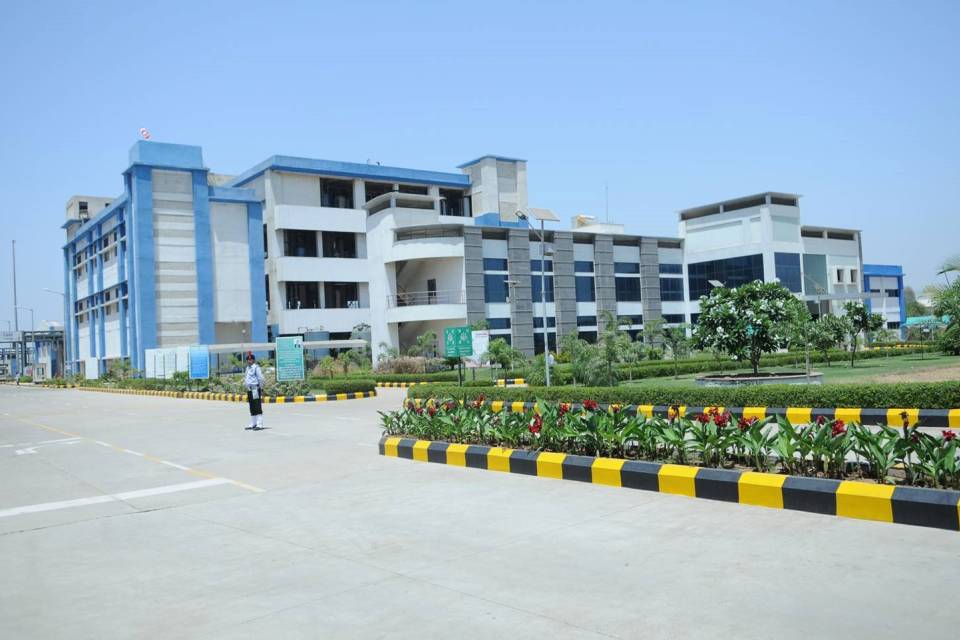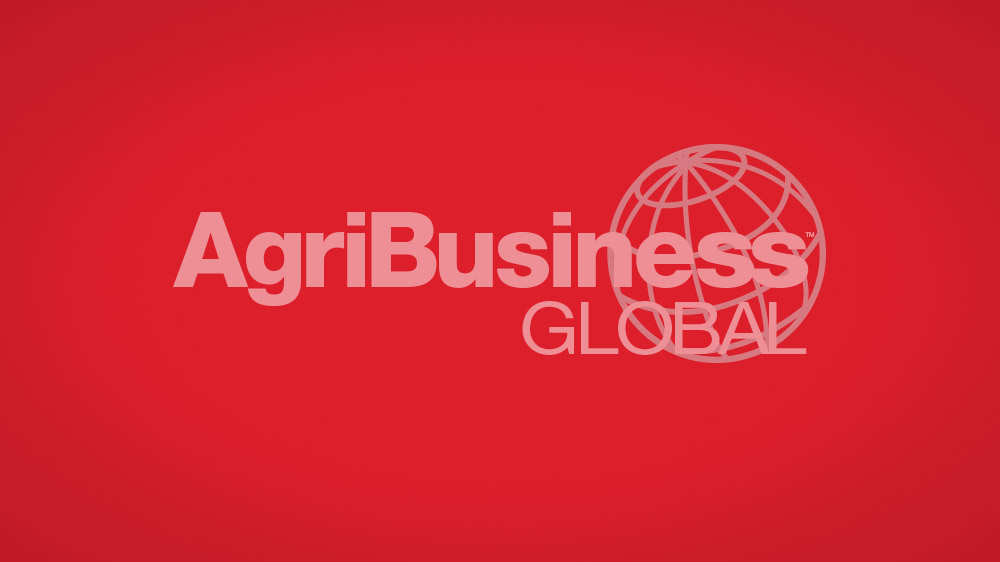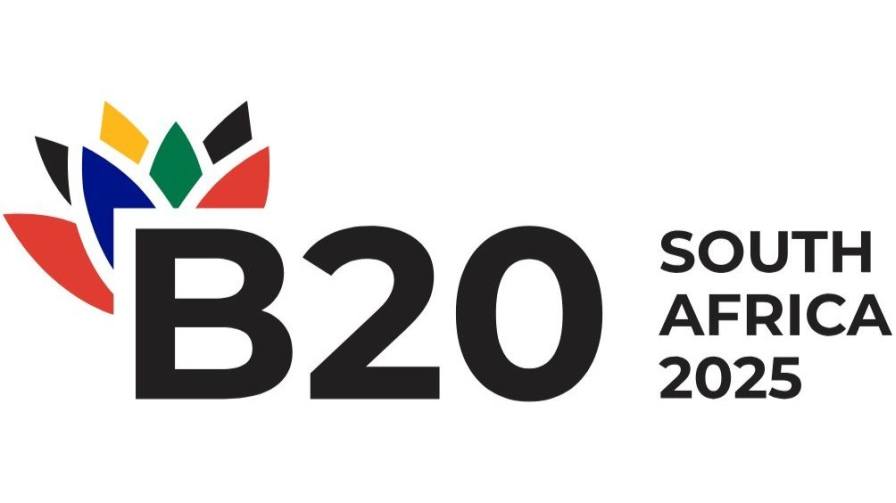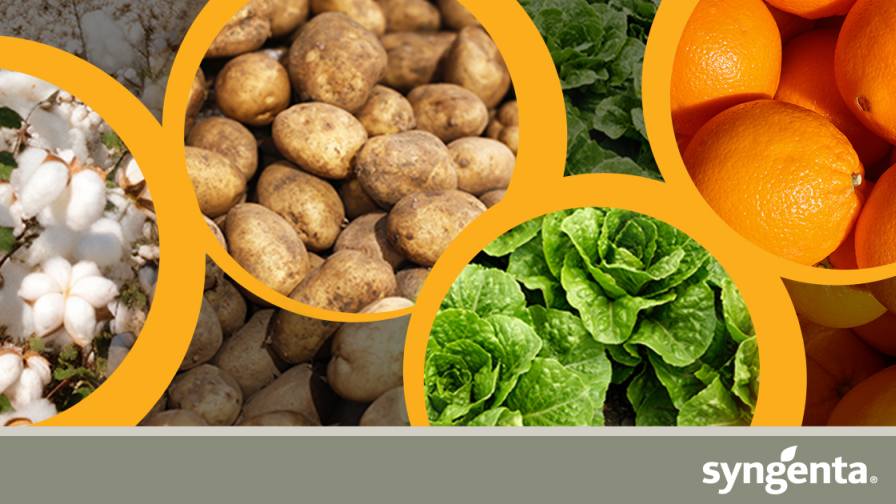Crop Protection Market Development: Expectations for Each Region in 2025
This article outlines AgbioInvestor’s expectations for the development of the global crop protection market in 2025. Market values are Agbiolnvestor’s estimates of the value of crop protection products used on the ground in the agricultural year, expressed in U.S. dollar terms at the ex-manufacturer level. For northern hemisphere countries, the agricultural year is approximately October to September, for example ‘2024’ refers to the value of products used on the ground between October 2023 and September 2024.
North America
One of the biggest issues facing U.S. growers in recent months has been declining commodity prices, which are depressing farm incomes and offsetting any positive effects from lower input prices. In addition, reduced levels of government support are also having an impact on farm incomes. For 2024, the USDA projects that farm income will be down by 4.4%, driven by a reduction in farm cash receipts. Net farm income in 2024 has also been impacted by lower direct government payments, which are down by over 15.1% from 2023 levels. Expenditure on pesticides is currently forecast to fall by 10.4%.
In 2023, the value of the crop protection market in North America declined by 2.4% in nominal terms to $12,379 million, impacted by low agrochemical pricing, with glyphosate prices estimated approximately 25% lower than the prior year in some situations. In addition, lower soybean and cotton areas also had a negative impact. This was somewhat offset by volumes increasing slightly, with improved weather conditions in the west and high insect pest pressure, although dryness was an issue in the Corn Belt. In Canada, dry weather also held back market development. For 2024, the negative effects of lower commodity prices, lower areas for certain key crops, notably maize in the U.S. and canola in Canada, and expectations for continued dry weather conditions suggest this negative momentum may continue over this current agricultural year. Based on preliminary estimations, the value of the crop protection market in North America is expected to decline by 5.5% in nominal terms in 2024 to $11,701 million.
Looking ahead, there are recent developments which can be expected to affect the crop protection market in the U.S., in 2025 and beyond. These legal decisions can be expected to have significant ramifications on the distribution chain and product availability in the country.
Antidumping and Countervailing Duty Investigation: This investigation revolves around concerns over antidumping and countervailing of 2,4-D into the U.S. from China and India. While still ongoing, with final determinations from the International Trade Commission (ITC) expected on 9 January 2025, a preliminary determination has recommended the imposing of countervailing rates on imports of 2,4-D. The case is based on Corteva’s petition that imports of 2,4-D from certain companies in these countries were being offered at subsidized and heavily discounted rates. These countervailing rates would lead to significant tariffs being placed on imports of 2,4-D from these destinations, with expectations that this would greatly reduce the competitive environment and resultant price pressure on domestic material, with the tariffs being such that imports could effectively be priced out of the market. While this can be expected to protect against price erosion caused by a glut of low-priced imported material as has been the case in recent years, this coupled with the current low commodity price environment can be expected to exert further pressure on grower incomes in the country.
Crop Inputs Antitrust Litigation case dismissed: This case involved litigation by several plaintiffs, mainly farms, involved in the direct and indirect purchasing of crop inputs (specifically seeds and crop protection chemicals) citing an ‘alleged conspiracy to restrain trade across three distribution levels for all crop inputs sold in the country.’ If successful, this action had the potential to cause significant disruption to the established crop input distribution chain in the U.S., leading to the cessation of loyalty programs and potentially opening up the market to alternative suppliers, notably e-retailer platforms. This then had the potential to lead to increased competition and subsequent price erosion for both seeds and crop protection chemicals in the U.S. market. However, the dismissal of the case can be expected to lead to the resumption of the established distribution chain in the U.S., although a similar case from the Federal Trade Commission and state partners remains ongoing at the time of writing.
In terms of crop areas, it can be expected that the maize area will rebound at the expense of soybean in the U.S., primarily driven by high production and low usage of soybean stocks in the country leading to high supply levels and subsequent price deflation. Expectations for cotton also suggest a decline, based on high increases in the last two years. For Canada, the wheat area is expected to rise, rebounding from low areas in 2024, while canola can also be expected to increase to meet high crushing demand.
Central & South America
For 2024/25 in Brazil, the total planted area is forecast to increase by 2.1%, with soybean expected to rise by 3.0%, while maize is expected to increase marginally by 0.1%. Total production is forecast to increase higher than planted areas, rising by 8.2%. Soybean output is to increase by 12.8% and maize production is set to increase by 3.6%, rebounding from the weather-impacted crop in 2023/24.
In Argentina, the maize area in 2024/25 is expected to fall by 13.5%. However, this represents an upward revision of 1.1% from the previous estimate, with area expansions are forecast for wheat. Notable new products approvals in Argentina include BASF launching the pre-plant herbicide Voraxor (trifludimoxazin / saflufenacil) for use on soybeans, maize, wheat, barley, and peanuts, and Sumitomo Chemical receiving approval for the herbicide Rapidicil (epyrifenacil).
In 2024, the impact of low agrochemical prices through the growing season and poor conditions in Brazil hampered market development. However, conditions in Argentina were generally much improved, with crop production rebounding from the severe declines experienced in the drought-ravaged 2022/23 crop. Despite this, maize production was negatively affected by high corn leafhopper pressure, with this pest being a vector of corn stunt disease. For Brazil, the declining agrochemical prices were a key negative for market value in 2024, while lower commodity prices hampered grower spending. On a more positive note, pest pressure was relatively high, including for Asian soybean rust and for several significant insect pests. However, because of the poor weather conditions and lower maize areas in Brazil as well as falling commodity prices and lower agrochemical prices through the full agricultural season, the value of the crop protection market in Central & South America is estimated to have declined by 6.8% in nominal terms in 2024 to $23,307 million. In constant currency terms, this reflects a fall of 8.4%.
For 2025, while projections of higher areas of key crops in Brazil and Argentina and expectations for improved weather conditions will be a positive for market development, agrochemical prices and commodity prices remain low by historical standards, holding back any volume development from the crop and weather situation.
Asia Pacific
In 2023, the crop protection market in Asia Pacific declined by 10.1%. Further decline was experienced in 2024, with the value of the market down by 7.1% in nominal terms to $18,888 million. The market continues to be hampered by low agrochemical prices, while weather conditions in key markets such as India and China have held back market development.
In India in particular, the unfavorable conditions have held back any significant erosion of existing agrochemical inventories, with this being a negative factor for market development, particularly from the supply side. Crop production in China was impacted by a prolonged heatwave in the country’s eastern, central, and southern regions, with the conditions impacting rice and cotton production in particular. Summer temperatures in several regions were significantly above normal, impacting key grain producing provinces in the northwest and east, leading to delays in maize planting, while torrential rain in other regions flooded soybean and rice fields.
For 2025, the crop protection market in the region is expected to continue to be hampered by low agrochemical prices, although some recovery can be expected in markets where weather was less positive in 2024, such as India. In addition, continued development can be expected in developing markets in the region. A recent decision by the European Parliament to reject maximum residue levels for crop protection active ingredients currently banned for use in the EU could also benefit market development in countries where produce is exported to the EU. This could shift product usage away from older low-cost active ingredients, such as mancozeb and chlorpyrifos, as well as recent examples such as cyproconazole and spirodiclofen, to EU-approved active ingredients, potentially to the overall benefit of market value as it will often be the case that replacement of a banned active ingredient will take place with a newer, typically higher priced, alternative.
Europe
While issues around product inventory have been a significant issue for supplies of crop protection products in many regions in the previous 12-18 months, anecdotal evidence suggests the situation is easing significantly in Europe. Purchasing patterns are switching to a more just-in-time approach, moving away from the high levels of pre-buying which became more commonplace post-pandemic, arising from uncertainty over product supply.
The crop protection market in Europe increased by 5.3% in 2023, characterized by favorable weather conditions in key markets, and recovery from a poor 2022. In 2024, the crop protection market in Europe is estimated to have declined by 5.0% in nominal terms to $13,715 million, equating to a decline of 4.3% in constant currency terms, impacted primarily by unfavorable conditions in several regions, notably affecting winter cereals. Wet conditions hampered crop planting and development, and hindered field access for both planting and for crop input applications. Conditions were more varied in southern regions, where less of a focus is placed on winter crops such as cereals and oilseed rape. However, many southern countries strongly outperformed the overall market in 2023 based on recovery from a poor 2022, leading to slight growth from a more normal base in 2024.
For 2025, positivity can be expected in the European market based on a return to more normal, positive weather conditions. The weather-impacted production of 2024 can be expected to limit crop availability and should provide some solidity to crop commodity prices moving forward. Although crop availability from Black Sea destinations drove prices high initially, the worst inflationary effects of this are now over as supplies and crop commodity movement have reached a new equilibrium. While agrochemical pricing is a negative, the impacts in Europe are less than in many other regions, with Europe not as reliant on Chinese material. Costs in Europe have been affected by a myriad of factors, although energy costs have been a key factor in prices being sustained above most other regional markets. In addition, further value can continue to be derived from new product introductions, with active ingredients such as bixlozone and cinmethylin being introduced in markets where regulation and resistance have restricted product choice in recent years.
Middle East and Africa
The value of the crop protection market in the Middle East and Africa declined by 3.5% in nominal U.S. dollar terms in 2023 to a value of $2,673 million. The market in 2024 was impacted by weather, with hot and dry conditions impacting key production zones as well as significant weakening of certain currencies against the U.S. dollar, notably the Turkish lira. The value of the crop protection market in the region is estimated to be down by 7.1% in nominal terms in 2024 to $2,490 million, although in constant currency terms this represents a decline of only 0.5%.
Looking ahead to 2025, the recent decision by the European Parliament to reject maximum residue levels for crop protection active ingredients currently banned for use in the EU could benefit market development in many African countries, where crop production for export to the EU is widespread. This could shift product usage away from older low-cost active ingredients to EU-approved active ingredients, potentially to the overall benefit of market value. This also makes African markets potential targets for new product introductions, e.g. BASF recently launched the new insecticide Cimegra SC (broflanilide) in Zambia for the control of fall armyworm in maize.
Whilst ENSO-neutral conditions have been present since June, La Niña conditions are expected to develop during the next several months: the CPC/IRI predicts a 67% to 74% chance of La Niña between October 2024 to February 2025. If realized, this can be expected to lead to below-average rainfall in eastern East Africa. Conversely, above-average rainfall would be more likely in Southern Africa.






